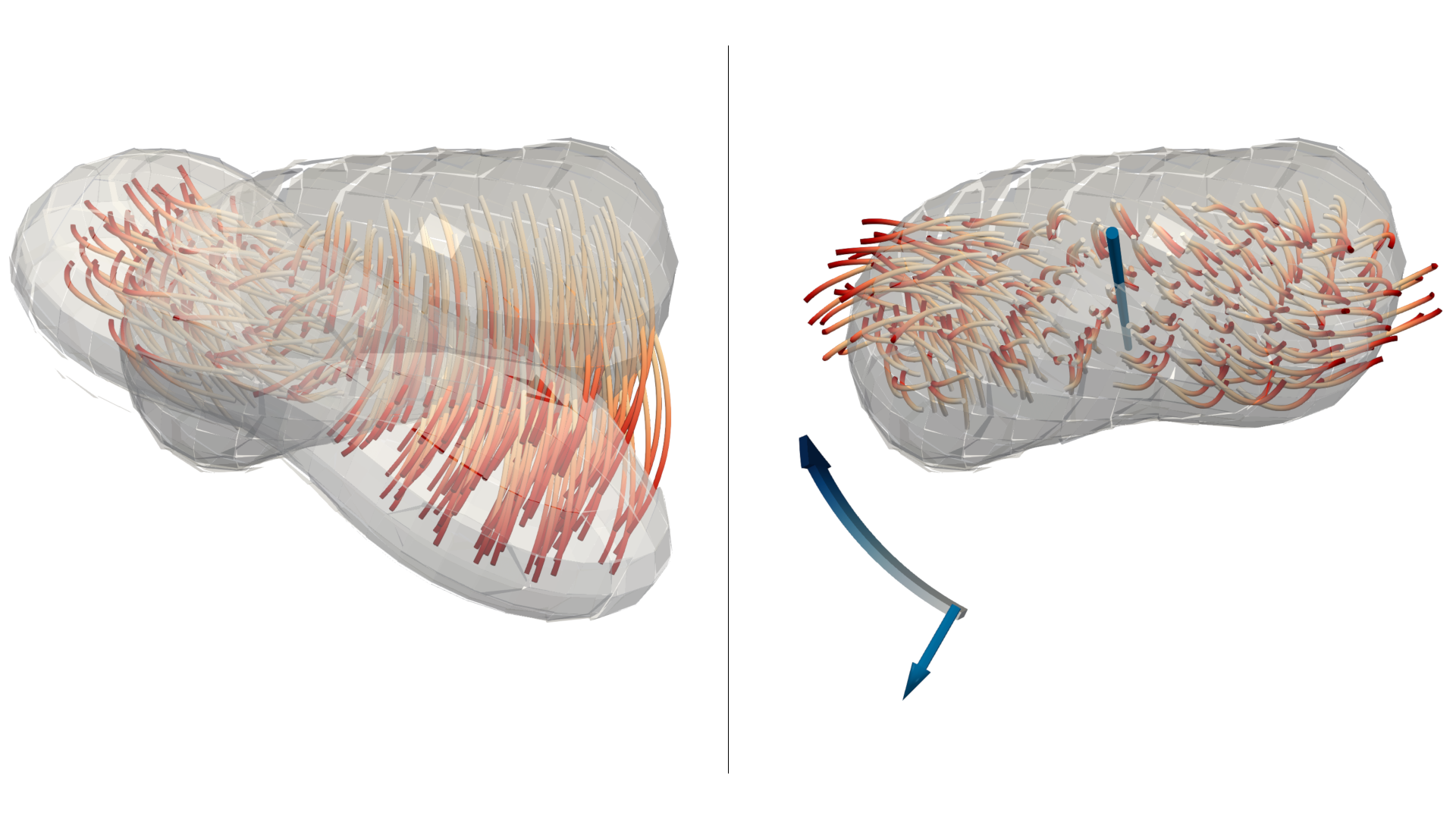Droplet-Local Line Integration for Multiphase Flow
Alexander Straub, Sebastian Boblest, Grzegorz Karch, Filip Sadlo, Thomas Ertl
View presentation:2022-10-20T19:18:00ZGMT-0600Change your timezone on the schedule page
2022-10-20T19:18:00Z

Prerecorded Talk
The live footage of the talk, including the Q&A, can be viewed on the session page, Scientific Visualization, Ensembles, and Accessibility.
Fast forward
Keywords
Human-centered computing—Visualization—Visualization application domains—Scientific visualization;
Abstract
Line integration of stream-, streak-, and pathlines is widely used and popular for visualizing single-phase flow. In multiphase flow, i.e., where the fluid consists, e.g., of a liquid and a gaseous phase, these techniques could also provide valuable insights into the internal flow of droplets and ligaments, and thus into their dynamics. However, since such structures tend to act as entities, high translational and rotational velocities often obfuscate their detail. As a remedy, we present a method for deriving a droplet-local velocity field, using a decomposition of the original velocity field removing translational and rotational velocity parts, and adapt path- and streaklines. Generally, the resulting integral lines are thus shorter and less tangled, which simplifies their analysis. We demonstrate and discuss the utility of our approach on droplets in two-phase flow data, and visualize the removed velocity parts employing glyphs for context.